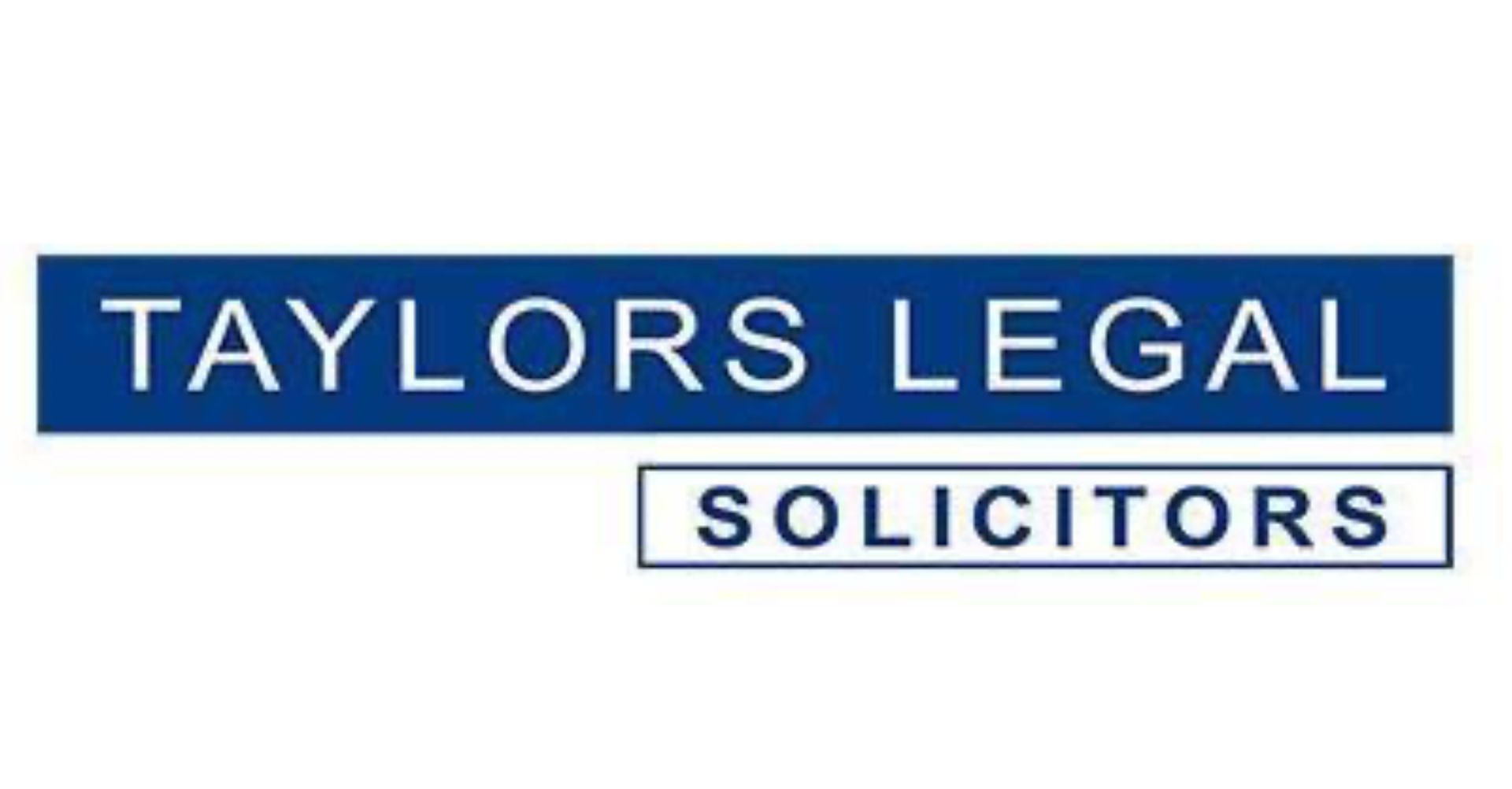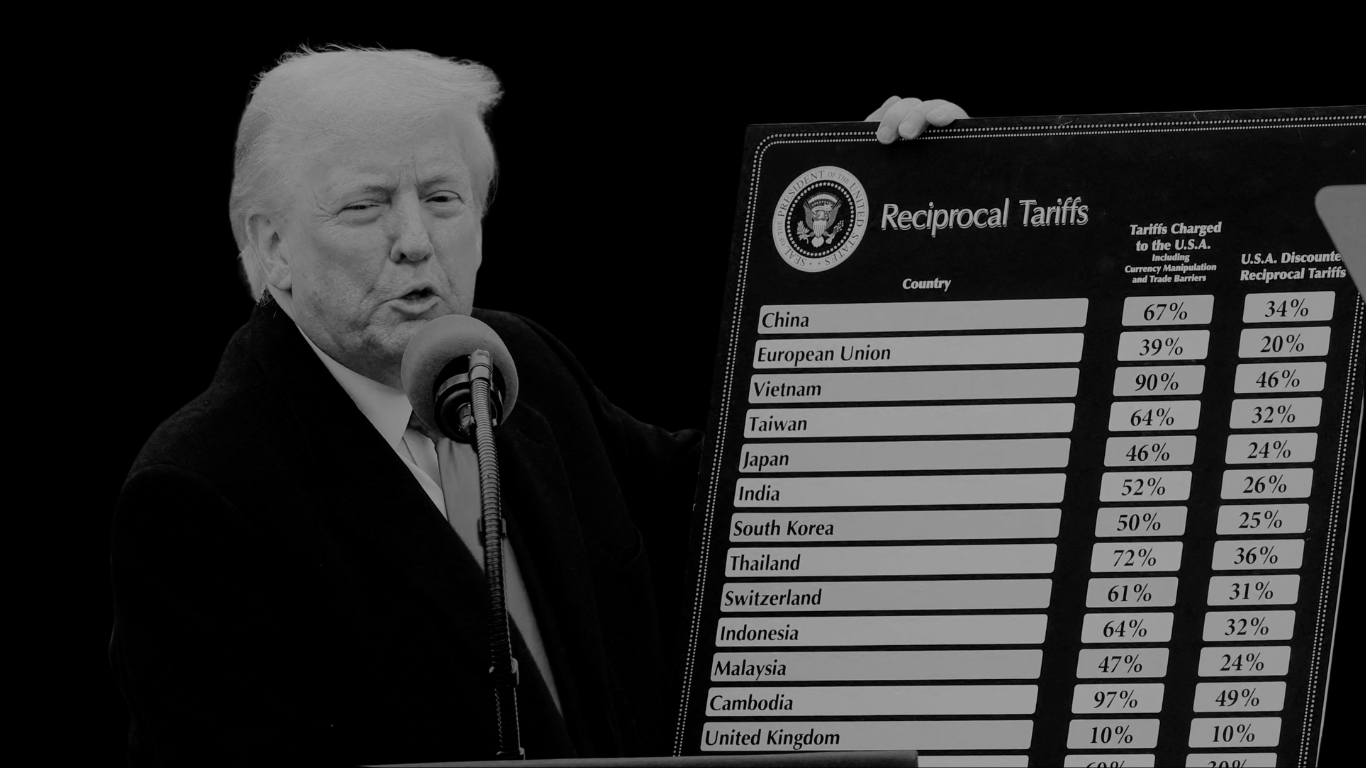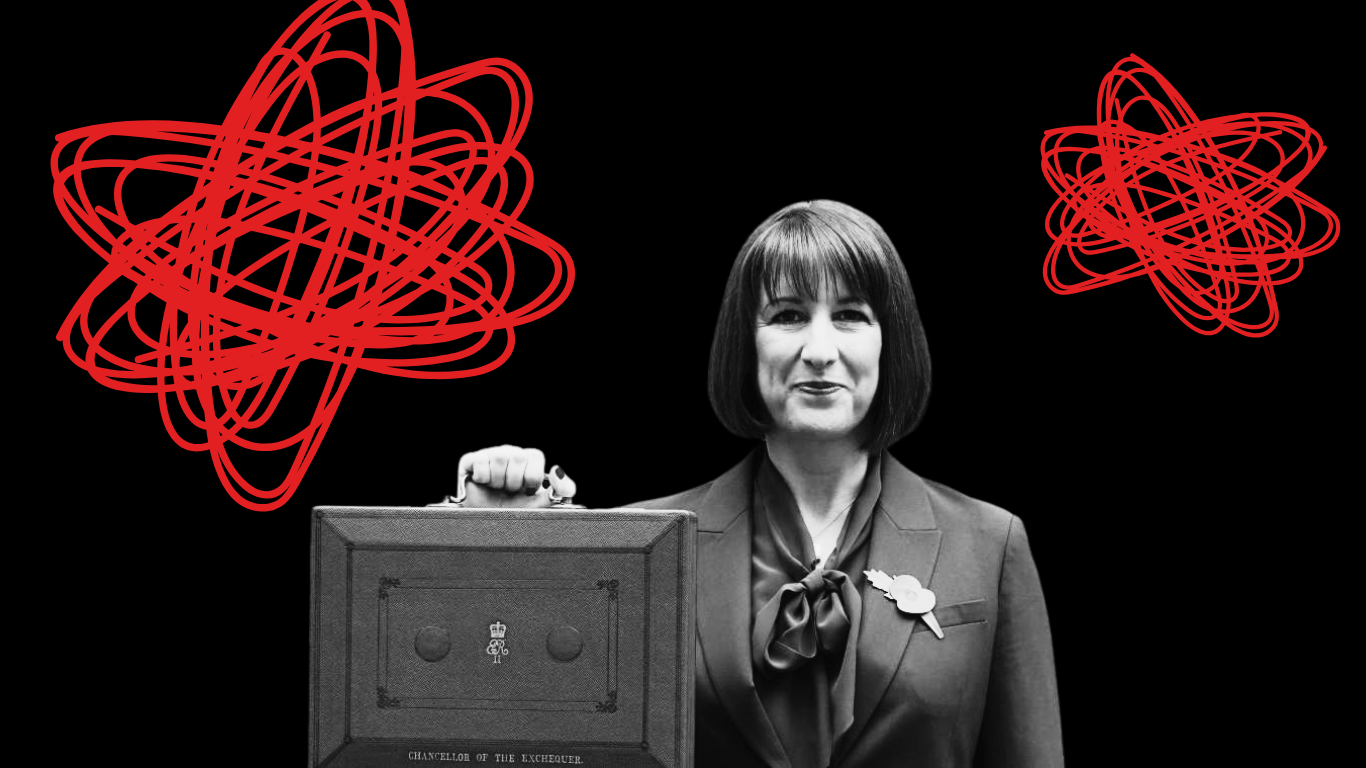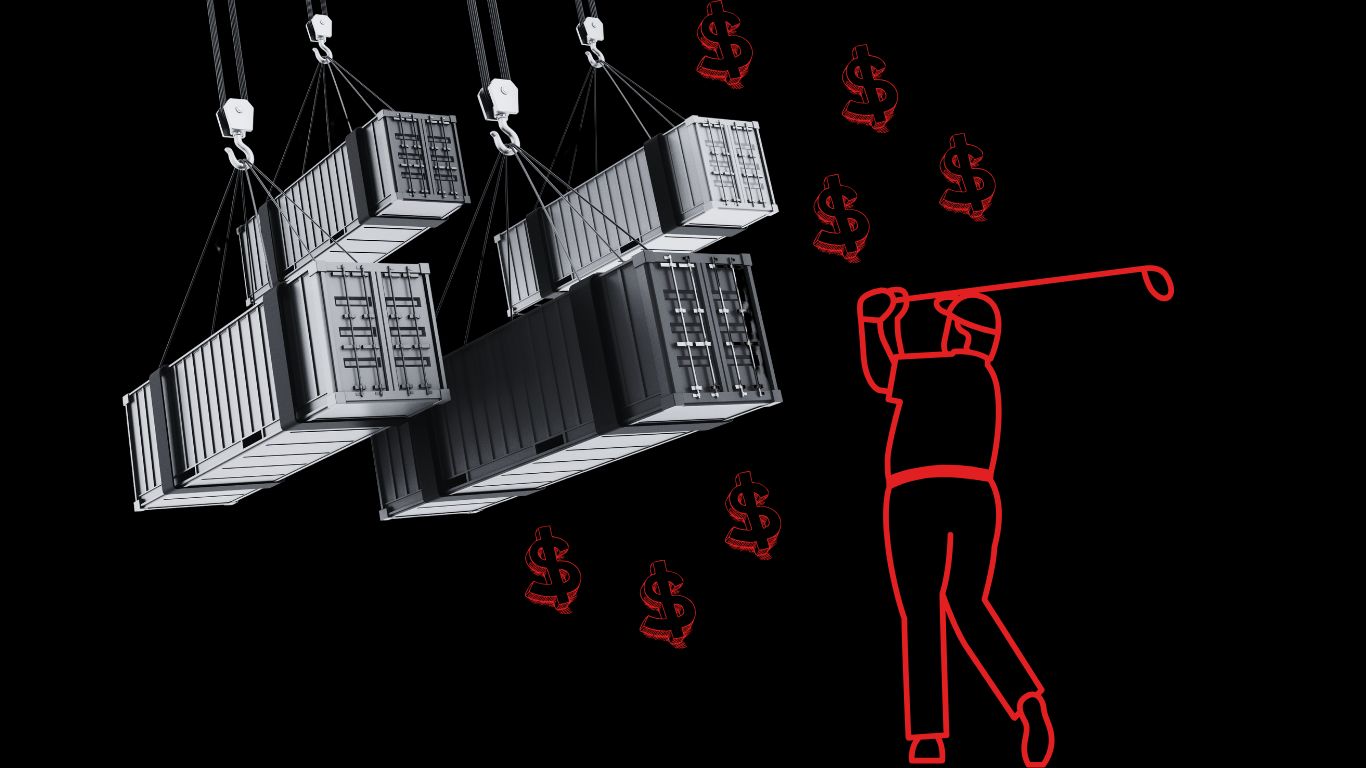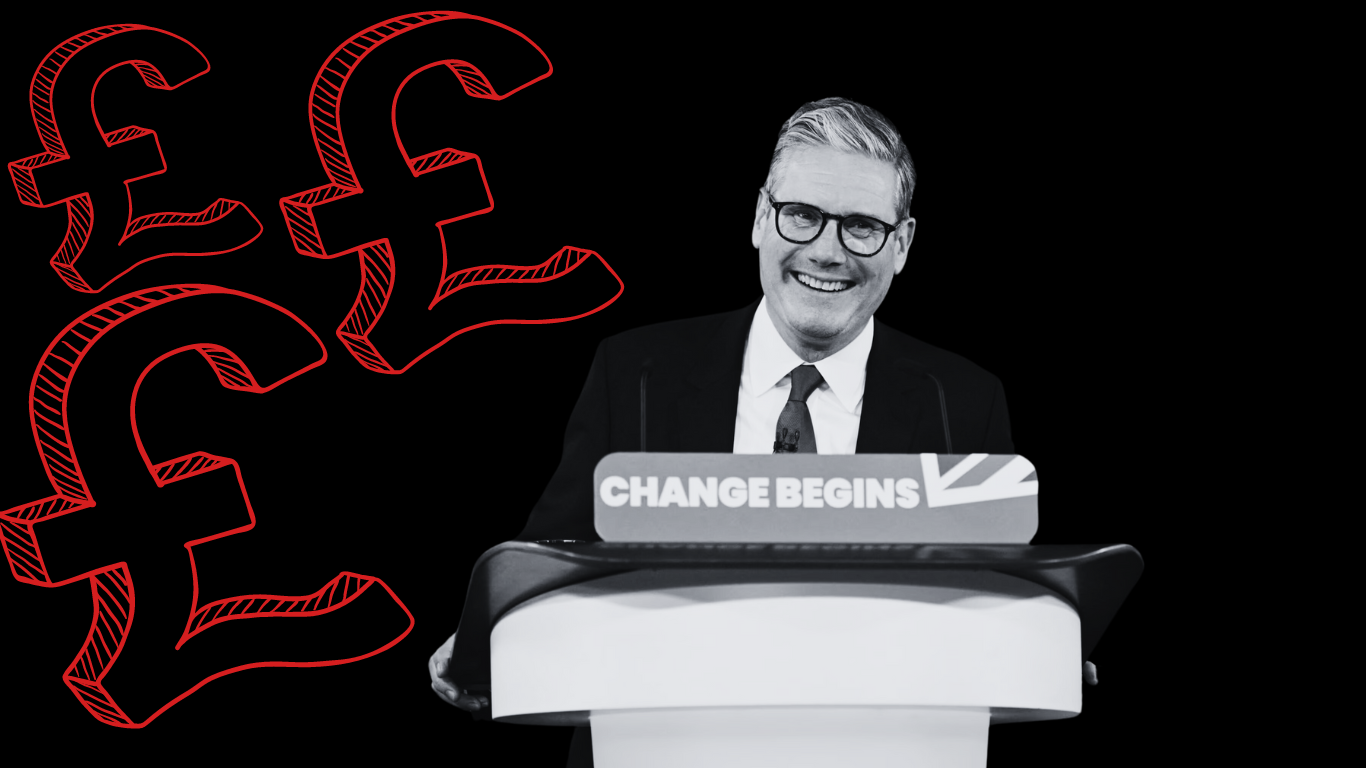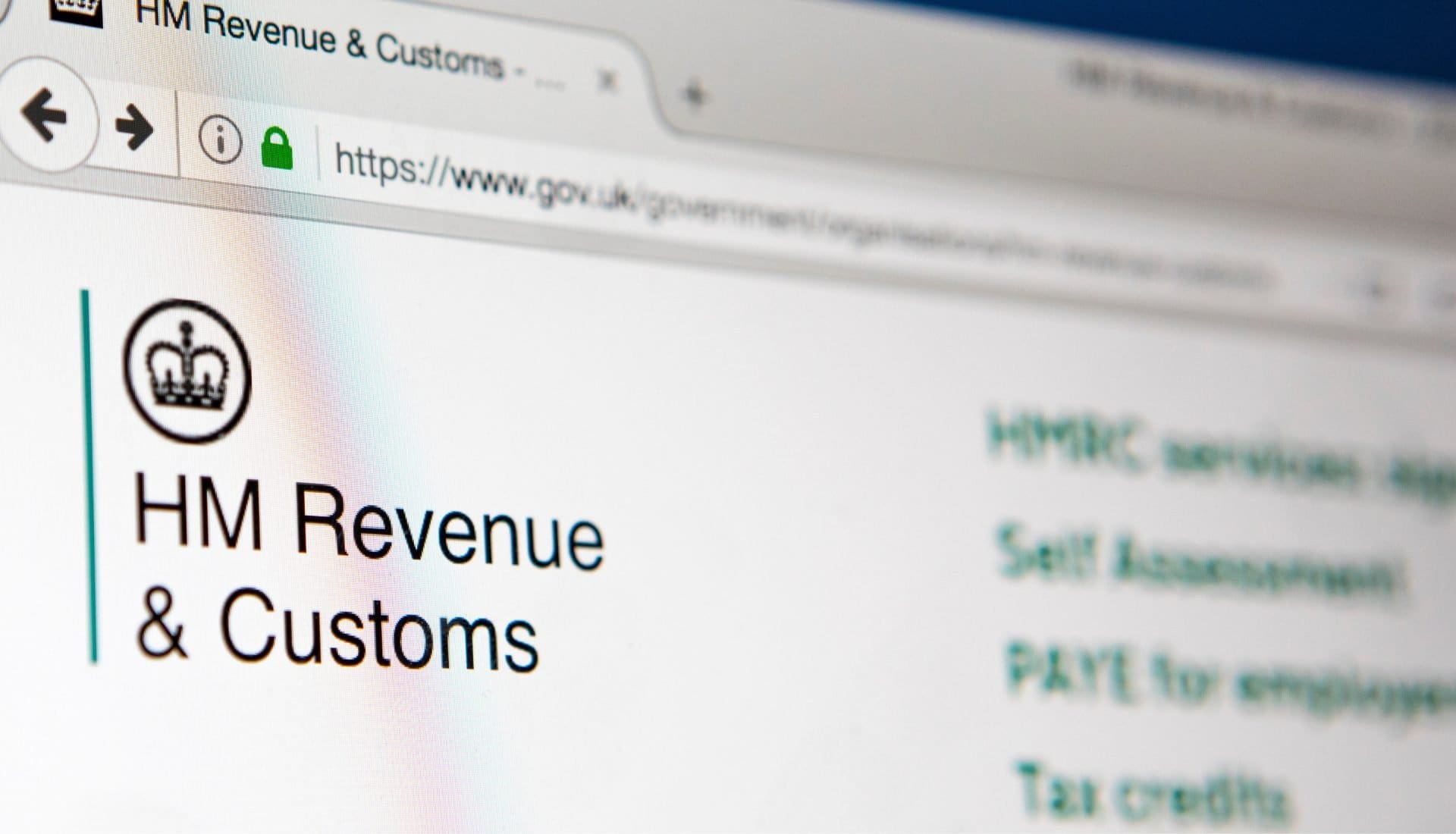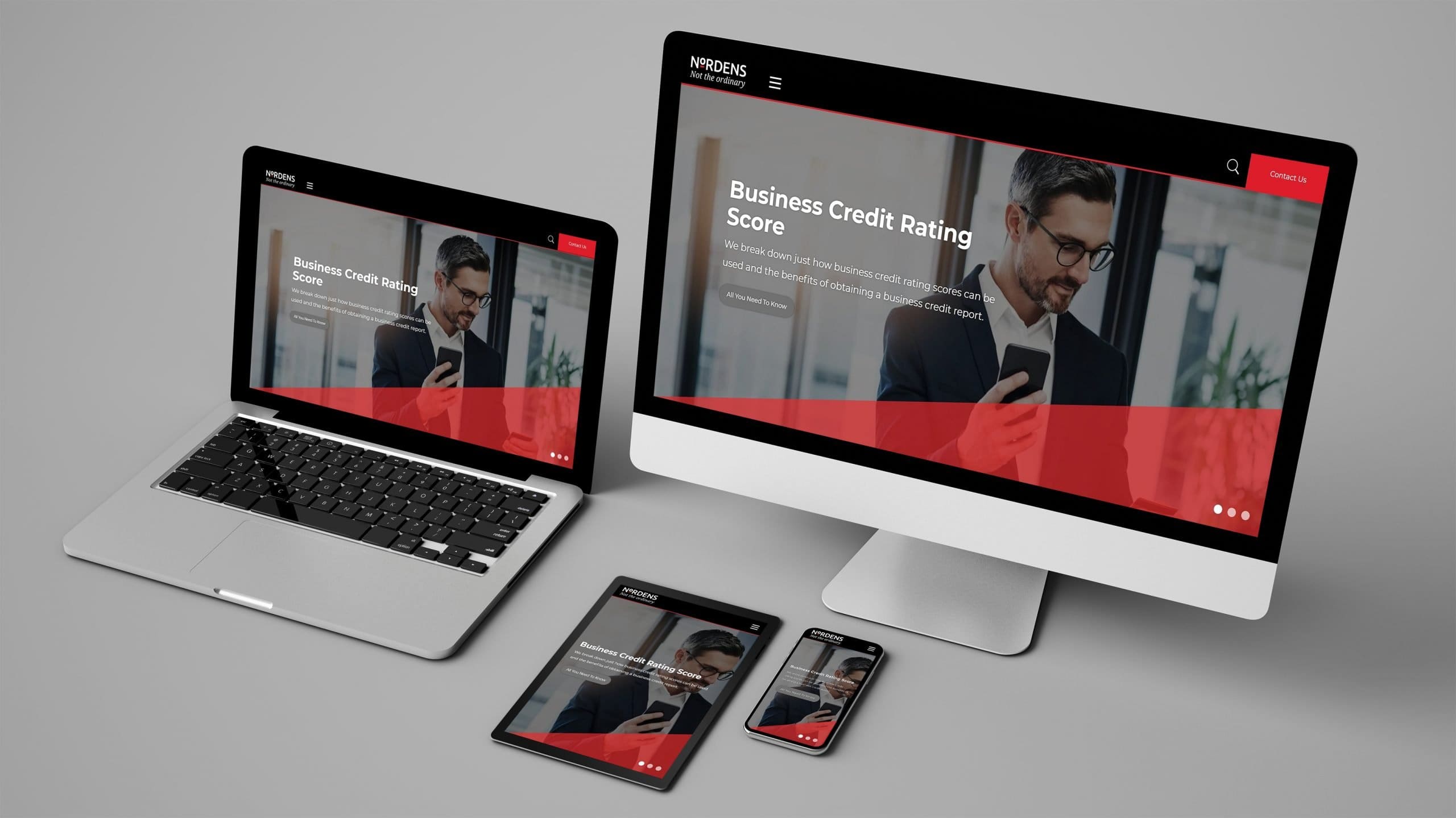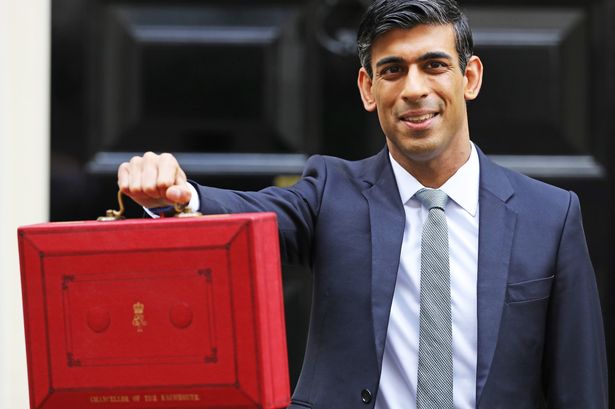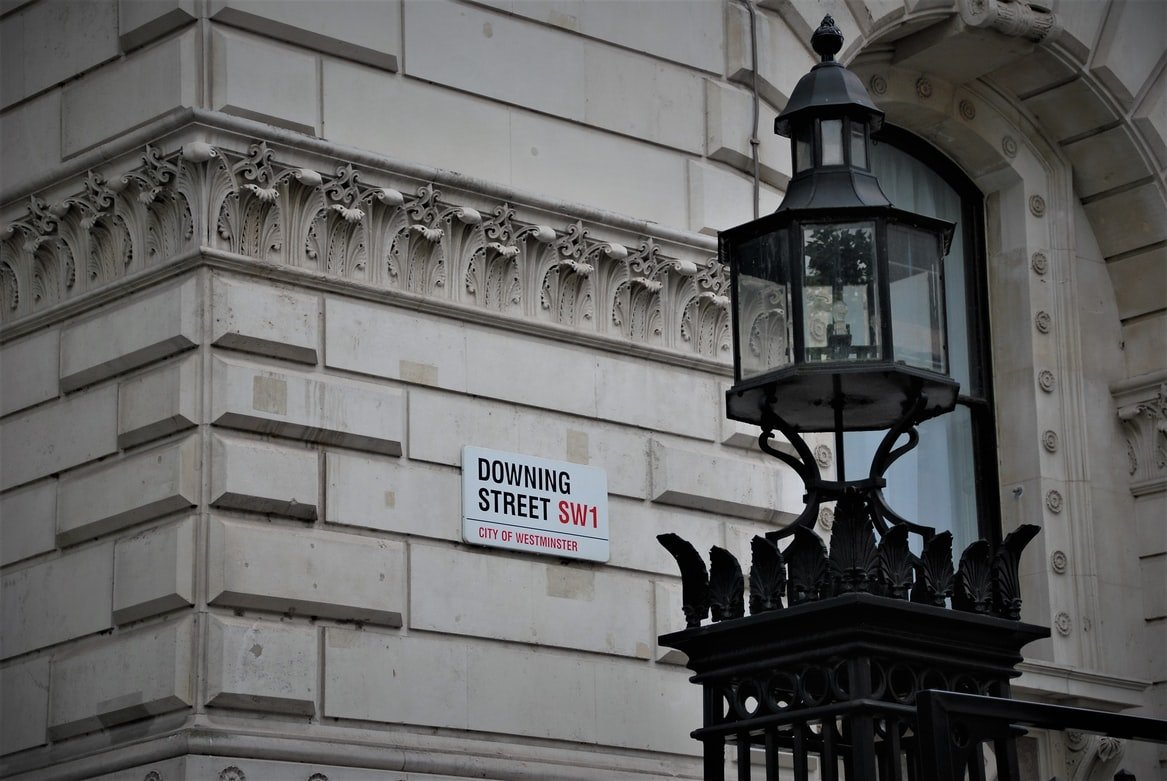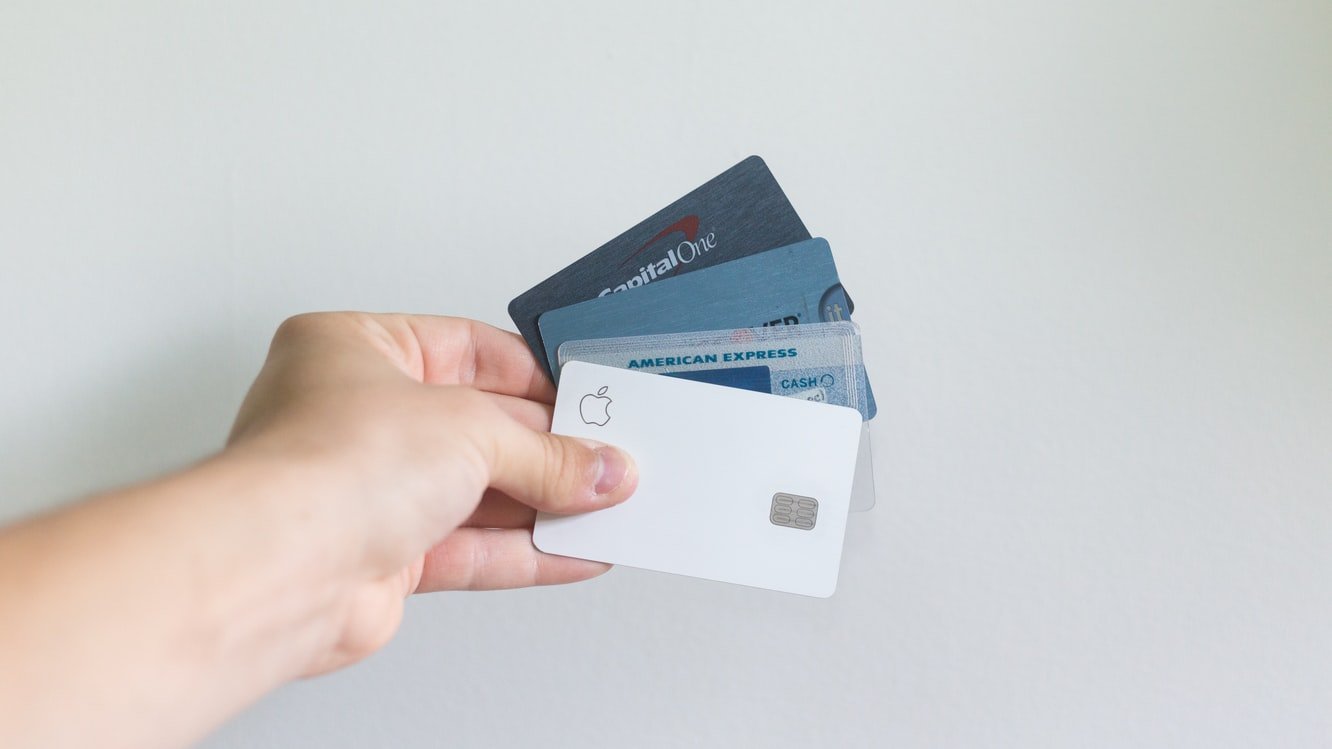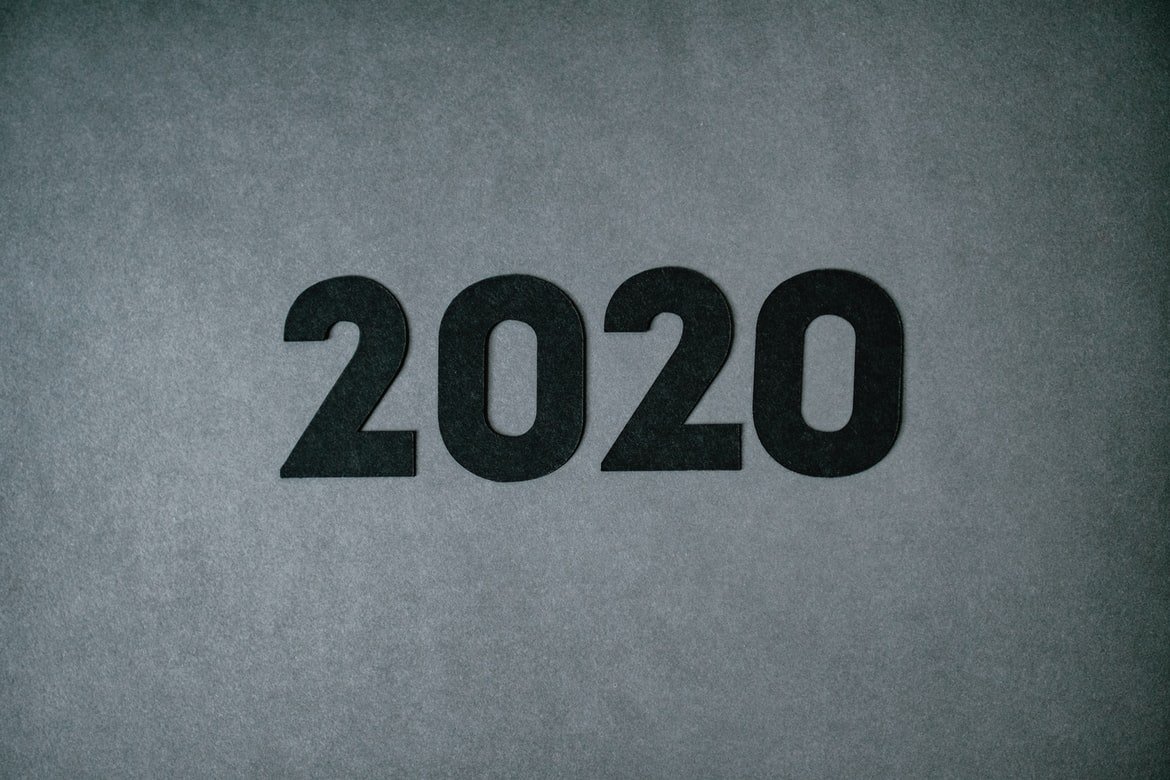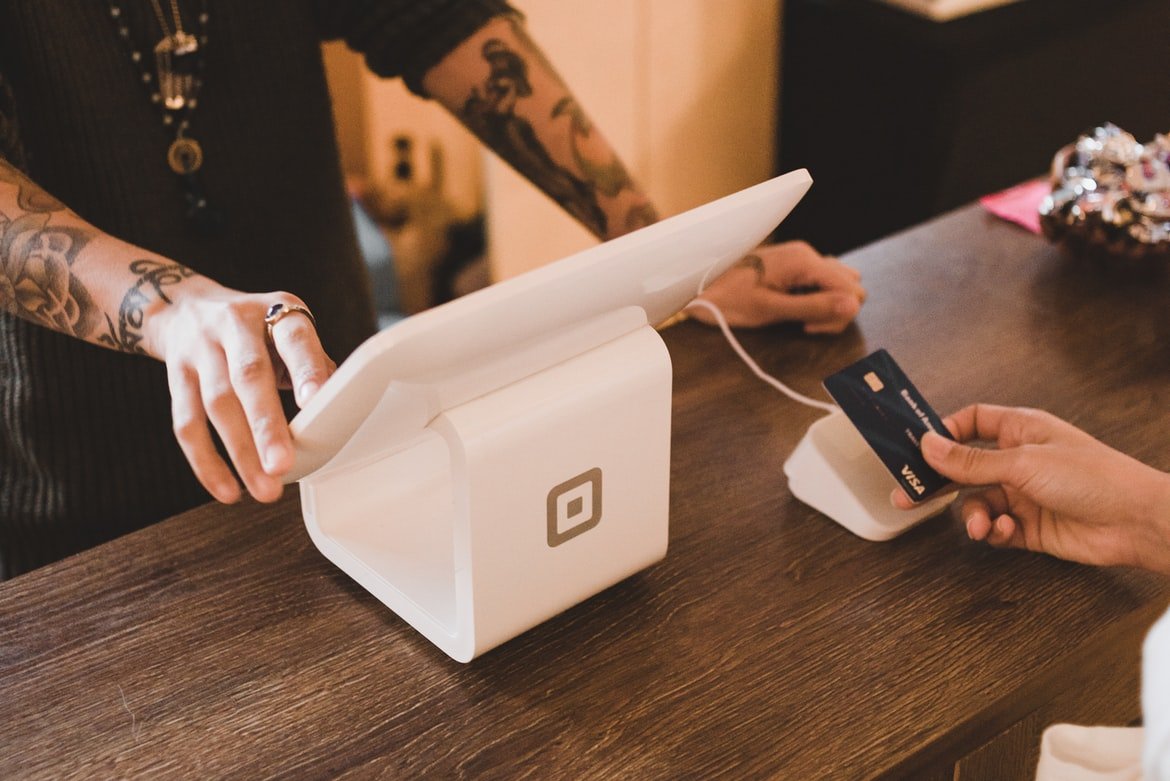With supply costs constantly rising, it is vitally important that you’re keeping tabs on your own pricing and considering the need for an increase.
This is not only necessary to keep your business sustainable and profitable, as each pound increase goes straight on the bottom line; it’s also important that you are reflecting the true value of your products and services. Your business is different (and hopefully better) than your competitors for a number of reasons, so your uniqueness should have a clear “value premium” built in.
Ask yourself, when was the last time a customer or client complained about your price?
Be brutally honest with the answer.
If you have answered “often,” it may be that your pricing is actually correct or reasonable. After all, you must have been making sales at this level previously, so something may have diluted or been forgotten along the way. Possible reasons for this include:
- You may not be communicating clearly enough the value your product or service brings. In times of price resistance it is even more important to emphasise this, as people are more likely to either change or do away with all but essential purchases. The underlying message of how your product or service will make a difference to the customer is vital.
- You might not have not truly understood what your customer wants. Or, more likely, their requirements may have changed. This can lead to you to becoming complacent in your offering – which, in your customers’ eyes, is now ‘overvalued’. Times change, and you only have to look at the demise of multiple high street retailers who have not got to grips with online selling, to be aware of things changing, and quickly.
- You may not have delivered on what you promised, or expectations may have been mismanaged leading to the perceived value being diluted. This indicates a weakness in your control and management systems and is something that is important to address – but it’s not insurmountable.
If you answered “never” to the earlier question, the chances are that your pricing is too low. It’s a well known saying that ‘if customers are not negotiating on your price, you are too cheap.’
You should also consider other work that you have carried out that you could have charged for, but haven’t. Do you make excuses to yourself about why you have given away services for free? As soon as you do this you create an expectation on your customers’ part where, unless you explicitly state that this is a one off inclusion, they will expect it for free every time. These add-ons can dilute the overall value of your offering, having the opposite effect to what you intended, pushing customers away or leading them to question your quality.
Pricing is never an exact science. Each of your customers will have a different barrier at the level they will pay, so getting it exact for every customer is practically impossible. But one thing is for sure, if you are at either of the extremes we have mentioned, you need to take action – and soon!










